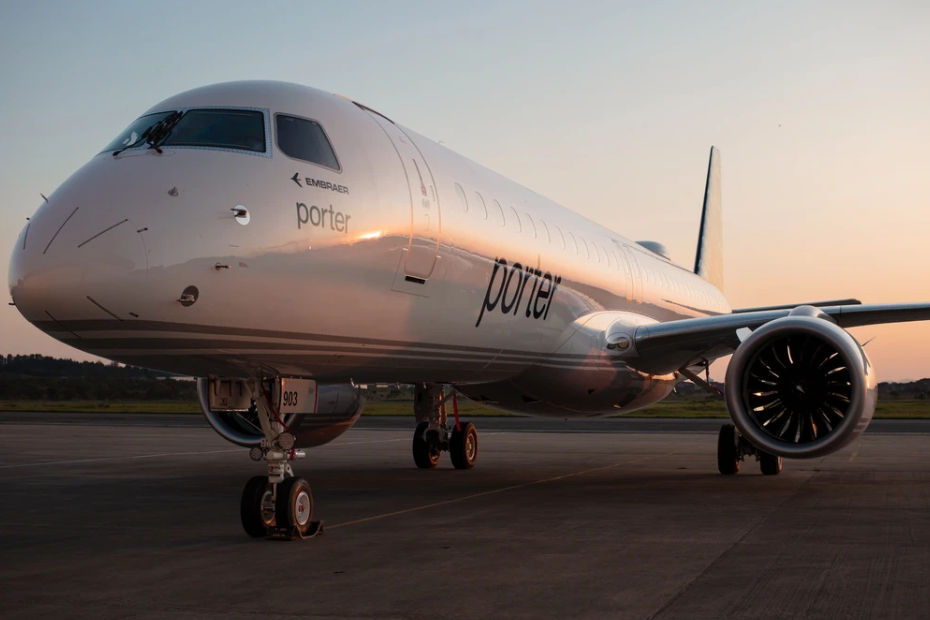EASA Outlines Conditions for Boeing 737 MAX Return to Service in Europe
- Joe Breitfeller

- Nov 25, 2020
- 3 min read
The European Union Aviation Safety Agency (EASA) has published a Proposed Airworthiness Directive (PAD) for public consultation, with the intention of approving the aircraft’s return to service in Europe within weeks.

On Tuesday (November 24, 2020), the European Union Aviation Safety Agency (EASA) announced the publication of a Proposed Airworthiness Directive (PAD) for the safe return to service (RTS) of the Boeing 737 MAX in Europe. The PAD is now open for public consultation, which indicates the aircraft’s RTS could be authorized in a matter of weeks. The Boeing 737 MAX was grounded by EASA on March 12, 2019 following two fatal accidents with the loss of 346 lives. EASA’s re-evaluation of the aircraft has taken around 20 months and involved approximately 20 EASA experts, who have now determined that the aircraft will be safe to fly again. In Tuesday’s announcement, EASA’s Executive Director, Patrick Ky, said,
“EASA made clear from the outset that we would conduct our own objective and independent assessment of the 737 MAX, working closely with the FAA and Boeing, to make sure that there can be no repeat of these tragic accidents, which touched the lives of so many people. I am confident that we have left no stone unturned in our assessment of the aircraft with its changed design approach. Each time when it may have appeared that problems were resolved, we dug deeper and asked even more questions. The result was a thorough and comprehensive review of how this plane flies and what it is like for a pilot to fly the MAX, giving us the assurance that it is now safe to fly.”
Investigations into the Lion Air and Ethiopian Airlines accidents determined that the primary cause was related to Maneuvering Characteristics Augmentation System (MCAS) software, intended to protect the aircraft from a dangerous Angle of Attack (AoA), which could result in a stall. Unfortunately, in the accident aircraft, the software responded to the input of only a single AoA sensor, which malfunctioned, continuously pushing the nose of the aircraft down and resulting in loss of control. Speaking on the MCAS system and thorough review of the aircraft, Mr. Ky added,
“EASA’s review of the 737 MAX began with the MCAS but went far beyond. We took a decision early on to review the entire flight control system and gradually broadened our assessment to include all aspects of design which could influence how the flight controls operated. This led, for example, to a deeper study of the wiring installation, which resulted in a change that is now also mandated in the Proposed Airworthiness Directive. We also pushed the aircraft to its limits during flight tests, assessed the behavior of the aircraft in failure scenarios, and could confirm that the aircraft is stable and has no tendency to pitch-up even without the MCAS.”
EASA also conducted a comprehensive human factors analysis to ensure that pilots received the appropriate cockpit alerts as well as the training and procedures for an appropriate response if a problem arose. Originally, many pilots were not even aware of the MCAS system and regrettably, the accident aircraft were not configured with a caution light to indicate a faulty AoA sensor, thereby making the problem nearly impossible to diagnose.

EASA has proposed changes to the aircraft design for the final Airworthiness Directive (AD) which will be accompanied by additional pilot training, including simulator time, so they will be familiar with the entirety of the 737 MAX control system and how to respond to typical failure scenarios. EASA’s Proposed Airworthiness Directive is now open for a 28 day consultation period which will be followed by a review and publishing of the final Airworthiness Directive, which is expected around mid-January 2021.
EASA’s requirements for the 737 MAX return to service differ from the FAA’s guidance in two main respects. First, EASA explicitly allows flight crews to stop a stick shaker from continuing to vibrate when it has been erroneously activated. Next, EASA has mandated that the aircraft’s autopilot should not be used for certain high-precision landings. The second requirement is expected to be a short-term restriction. Naturally, before individual carriers can add the MAX back into their flight schedules all software upgrades and training included in the final AD must be completed.
Based in Cologne, Germany, The European Union Aviation Safety Agency (EASA) is the centerpiece of the EU’s aviation safety strategy. The organization’s mission is to achieve and promote the highest common standards of aviation safety and environmental protection in civil aviation. EASA employs aviation experts and administrators from throughout Europe.
Source: EASA


